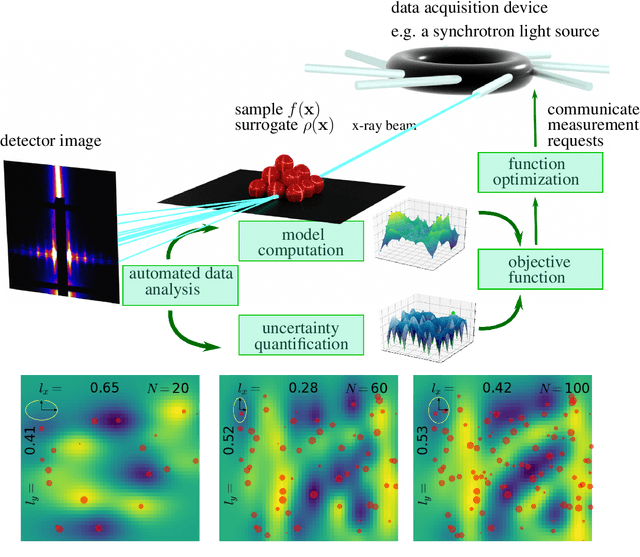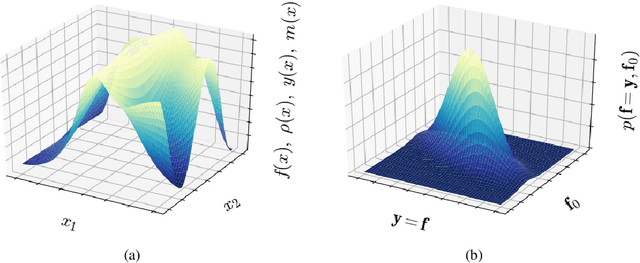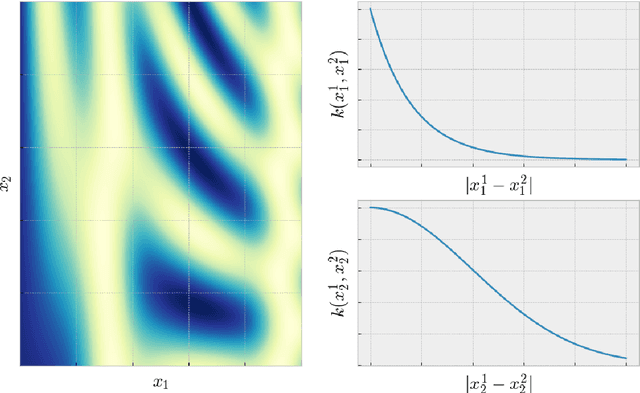Kevin G. Yager
Towards a Science Exocortex
Jun 24, 2024Abstract:Artificial intelligence (AI) methods are poised to revolutionize intellectual work, with generative AI enabling automation of text analysis, text generation, and simple decision making or reasoning. The impact to science is only just beginning, but the opportunity is significant since scientific research relies fundamentally on extended chains of cognitive work. Here, we review the state of the art in agentic AI systems, and discuss how these methods could be extended to have even greater impact on science. We propose the development of an exocortex, a synthetic extension of a person's cognition. A science exocortex could be designed as a swarm of AI agents, with each agent individually streamlining specific researcher tasks, and whose inter-communication leads to emergent behavior that greatly extend the researcher's cognition and volition.
Domain-specific ChatBots for Science using Embeddings
Jun 15, 2023Abstract:Large language models (LLMs) have emerged as powerful machine-learning systems capable of handling a myriad of tasks. Tuned versions of these systems have been turned into chatbots that can respond to user queries on a vast diversity of topics, providing informative and creative replies. However, their application to physical science research remains limited owing to their incomplete knowledge in these areas, contrasted with the needs of rigor and sourcing in science domains. Here, we demonstrate how existing methods and software tools can be easily combined to yield a domain-specific chatbot. The system ingests scientific documents in existing formats, and uses text embedding lookup to provide the LLM with domain-specific contextual information when composing its reply. We similarly demonstrate that existing image embedding methods can be used for search and retrieval across publication figures. These results confirm that LLMs are already suitable for use by physical scientists in accelerating their research efforts.
Autonomous Materials Discovery Driven by Gaussian Process Regression with Inhomogeneous Measurement Noise and Anisotropic Kernels
Jun 03, 2020



Abstract:A majority of experimental disciplines face the challenge of exploring large and high-dimensional parameter spaces in search of new scientific discoveries. Materials science is no exception; the wide variety of synthesis, processing, and environmental conditions that influence material properties gives rise to particularly vast parameter spaces. Recent advances have led to an increase in efficiency of materials discovery by increasingly automating the exploration processes. Methods for autonomous experimentation have become more sophisticated recently, allowing for multi-dimensional parameter spaces to be explored efficiently and with minimal human intervention, thereby liberating the scientists to focus on interpretations and big-picture decisions. Gaussian process regression (GPR) techniques have emerged as the method of choice for steering many classes of experiments. We have recently demonstrated the positive impact of GPR-driven decision-making algorithms on autonomously steering experiments at a synchrotron beamline. However, due to the complexity of the experiments, GPR often cannot be used in its most basic form, but rather has to be tuned to account for the special requirements of the experiments. Two requirements seem to be of particular importance, namely inhomogeneous measurement noise (input dependent or non-i.i.d.) and anisotropic kernel functions, which are the two concepts that we tackle in this paper. Our synthetic and experimental tests demonstrate the importance of both concepts for experiments in materials science and the benefits that result from including them in the autonomous decision-making process.
 Add to Chrome
Add to Chrome Add to Firefox
Add to Firefox Add to Edge
Add to Edge